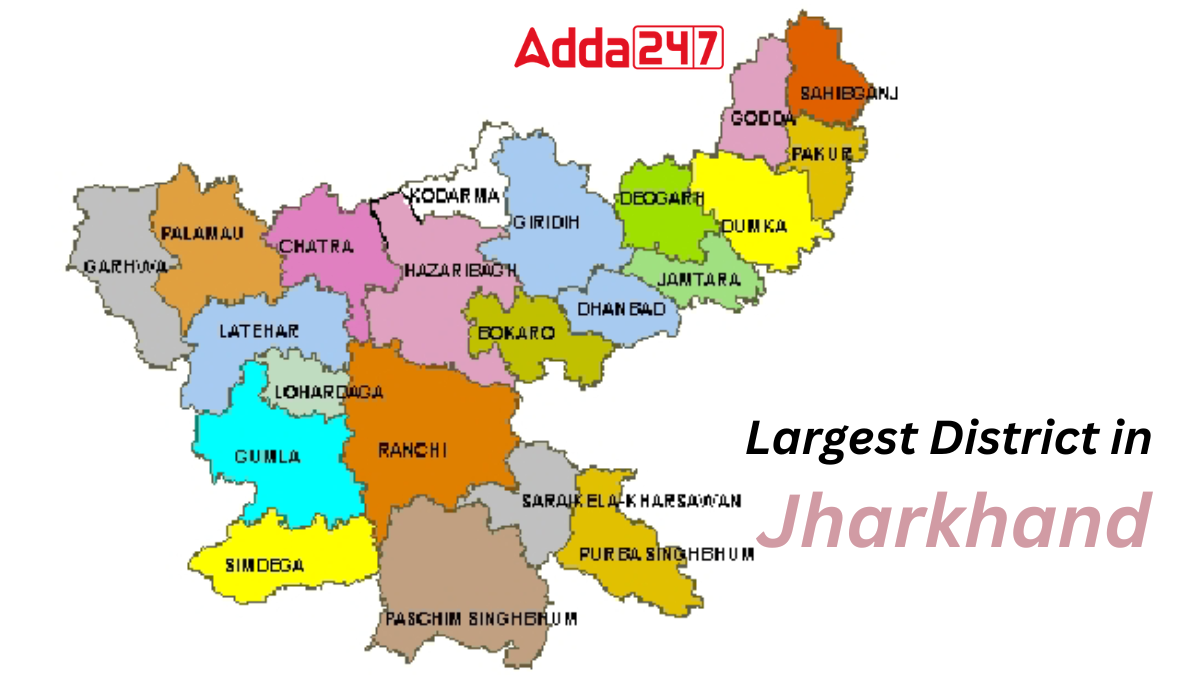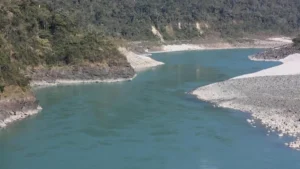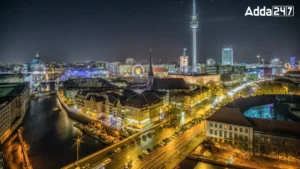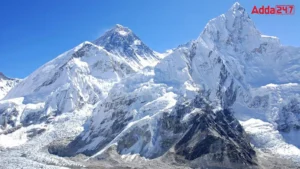Jharkhand, a mineral-rich state in eastern India, is divided into several districts, each known for its natural beauty, tribal culture, and industrial importance. While some districts are small and densely populated, others are large, covering vast areas of forests, hills, and mining zones. Knowing about the largest district of Jharkhand helps us understand the state’s geographical diversity and administrative setup. Here, we also take a look at the complete district list of Jharkhand.
How Many Districts Are There in Jharkhand?
Upon its establishment on November 15, 2000, Jharkhand consisted of 18 districts. However, in the following years, the administrative landscape underwent significant changes with the reorganization of existing districts. As a result, six additional districts were created from the existing ones, leading to a total of 24 districts in the state of Jharkhand. This expansion reflected the evolving administrative and demographic needs of the burgeoning state.
Largest District in Jharkhand
West Singhbhum, also called Pashchimi Singhbhum, is the largest district of Jharkhand in terms of area. It was created on January 16, 1990, after the old Singhbhum district was divided. Known for its scenic forests, hills, and tribal culture, the district reflects Jharkhand’s natural beauty and traditions. Chaibasa serves as the headquarters, playing a key role in both administration and cultural heritage of the region.
Key Facts Related to Biggest District in Jharkhand
Here are some key facts related to West Singhbum, the biggest district in Jharkhand.
- Established on January 16, 1990, through the bifurcation of the old Singhbhum district.
- District headquarters: Chaibasa.
- Bounded by Khunti and Saraikela Kharsawan districts on the north and east respectively.
- Shares borders with Mayurbhanj and Kendujhar districts of Odisha to the southeast and south.
- Also borders Simdega district of Jharkhand and Sundergarh district of Odisha to the west.
- Rich historical legacy dating back to 1400 BCE, with discoveries of iron slags, microliths, and potsherds.
- Birthplace of the Singh Deo ruling family of Saraikela State.
- Home to dense forests, including the famous Saranda forest, and abundant wildlife like elephants, tigers, and bears.
- Rivers flowing through the district include Koel, Karo-Koina, Kuju, Kharkai, and others.
- Abundant in minerals such as iron ore, chromite, magnetite, and manganese.
- Comprises 18 blocks, with Chaibasa, Chakradharpur, and Khuntipani among them.
- Political representation includes constituencies like Chaibasa and Majhgaon, largely dominated by Jharkhand Mukti Morcha.
- Demographically diverse, with a significant population of Ho tribals.
- Languages spoken include Ho, Odia, Mundari, Hindi, Sadri, Kurmali, Urdu, Bengali, Kurukh, and Santali.
- Flora and fauna-rich, with dense forests housing various species of plants and animals.
Largest District in Jharkhand By Population
Ranchi District holds the distinction of being the most populous district in Jharkhand, boasting a population of 29.14 Lakhs as of the 2011 census. Its demographic vitality reflects the urban and rural dynamics of the region, making it a focal point of economic, social, and cultural activity in the state. With its diverse population and vibrant communities, Ranchi stands as a symbol of Jharkhand’s dynamic growth and development.
Districts in Jharkhand State, Name List
Jharkhand consisted of 18 districts since its establishment on November 15, 2000. At present, there are 24 districts in Jharkhand state.
Here is the list of all districts of Jharkhand:
| Districts of Jharkhand | |||
| S. No. | Districts | Area (in sq. km) | Population (2011) |
| 1. | Bokaro | 2, 883 | 2,062,330 |
| 2. | Chatra | 3,713 | 1,042,886 |
| 3. | Deoghar | 2,477 | 1,492,073 |
| 4. | Dhanbad | 2,040 | 2,684,487 |
| 5. | Dumka | 3,761 | 1,321,442 |
| 6. | East Singhbhum | 3,562 | 2,293,919 |
| 7. | Garhwa | 4,093 | 1,322,784 |
| 8. | Giridih | 4,962 | 2,445,474 |
| 9. | Godda | 2,266 | 1,313,551 |
| 10. | Gumla | 5,360 | 1,025,213 |
| 11. | Hazaribagh | 3,555 | 1,734,495 |
| 12. | Jamtara | 1,811 | 791,042 |
| 13. | Khunti | 2,535 | 531,885 |
| 14. | Kodarma | 1,433 | 716,259 |
| 15. | Latehar | 4,291 | 726,978 |
| 16. | Lohardaga | 1,502 | 461,790 |
| 17. | Pakur | 1,811 | 900,422 |
| 18. | Palamu | 4,393 | 1,939,869 |
| 19. | Ramgarh | 1,341 | 949,443 |
| 20. | Ranchi | 5,097 | 2,914,253 |
| 21. | Sahibganj | 2,063 | 1,150,567 |
| 22. | Saraikela Kharsawan | 2,657 | 1,065,056 |
| 23. | Simdega | 3,774 | 599,578 |
| 24. | West Singhbhum | 7,224 | 1,502,338 |




 Which Glacier is the Source of the Brahm...
Which Glacier is the Source of the Brahm...
 Which City of Germany is Known as the Gr...
Which City of Germany is Known as the Gr...
 Which Peak is Known as the Five Treasure...
Which Peak is Known as the Five Treasure...







